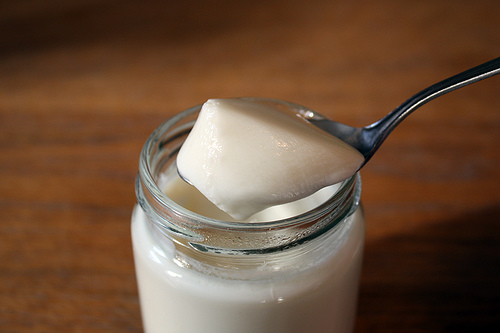ROBERTS Did the psychology stuff grow and grow? Did you add more and more than you expected?
MLODINOW Yes. As I was putting a lot of it in the end I would find other studies that really belonged earlier that I would discover, so I would go back and rewrite the earlier parts to incorporate those studies; that became a very fun part of the book, though. That was maybe the most fun, all the psychology studies that I dug out at the end.
ROBERTS How did it happen? You knew that you wanted to include some psychology and then it turned out to be more interesting than you expected?
MLODINOW In the second half of the book when I was talking more and more about viewing life as a random process that we’re going through and applying the concepts of randomness to what we’re seeing in life, I would just naturally come upon these psychology studies.
ROBERTS What fraction of the psychology you read was in the book? I was impressed that you talked about psychology studies that were really good, whereas most of them aren’t. You did a good job of selection and from teaching I know that you have to read a lot of stuff that isn’t good in order to find the good stuff.
MLODINOW What you see in the book is probably a quarter of the stuff that I read or that I thought of putting in the book. In the psychology studies maybe half of them made it into the book and I think I was good at filtering before I even read by following trails of one study leading to other studies and using either textbooks or compilation conference reports to figure out what would be good and what wouldn’t be so good.
I’m talking about half of the studies where I actually bothered to copy the papers; there are other ones, countless studies, where I would get to the abstract and dismiss it after reading the abstract or one page. That I have no way of counting, that’s just constant; maybe ten times as many. But the ones that I actually got to where I made copies . . . if I like something I will print it out because I just can’t read dozens of pages on the screen and plus I like to sit in cafés and carry it around. I guess I could bring my laptop but I tend to print them out. About half of the ones I bothered to print out I put in the book and then there were countless ones that I just dismissed.
ROBERTS Yes, I see what you mean. How did the book’s structure differ from your original proposal? Did the structure change very much?
MLODINOW Yes; I don’t remember exactly, but it did. The first chapter was not there in the proposal; the proposal started with chapter two. Then I realized that I needed an introductory chapter to really set the stage for why we’re interested in these things so for introductory chapter, which is applications to life, I start by analyzing certain situations in life that I think are surprising that people misinterpret; I thought that was a good lead-in as to why we care about this. Then I went into other chapters about developing the ideas of randomness and a lot of that was similar to the proposal although I put in less about Brownian motion and the actual drunkard’s walk itself than I think it had in there. The last several chapters, I extended the discussion about life; I think the middle part of the book is fairly similar to the proposal but the beginning and the end I expanded greatly on discussions of the everyday world and applications; the psychology was not in the original proposal nearly at the level that it was in the final book.
ROBERTS Yes, I see what you mean.
MLODINOW . . . again, as I start talking about events in the world around us and looking at the psychological components–and I dealt with that, I greatly expanded that part–they were fascinating studies and I was just so interested I just kept putting more and more into the book.
